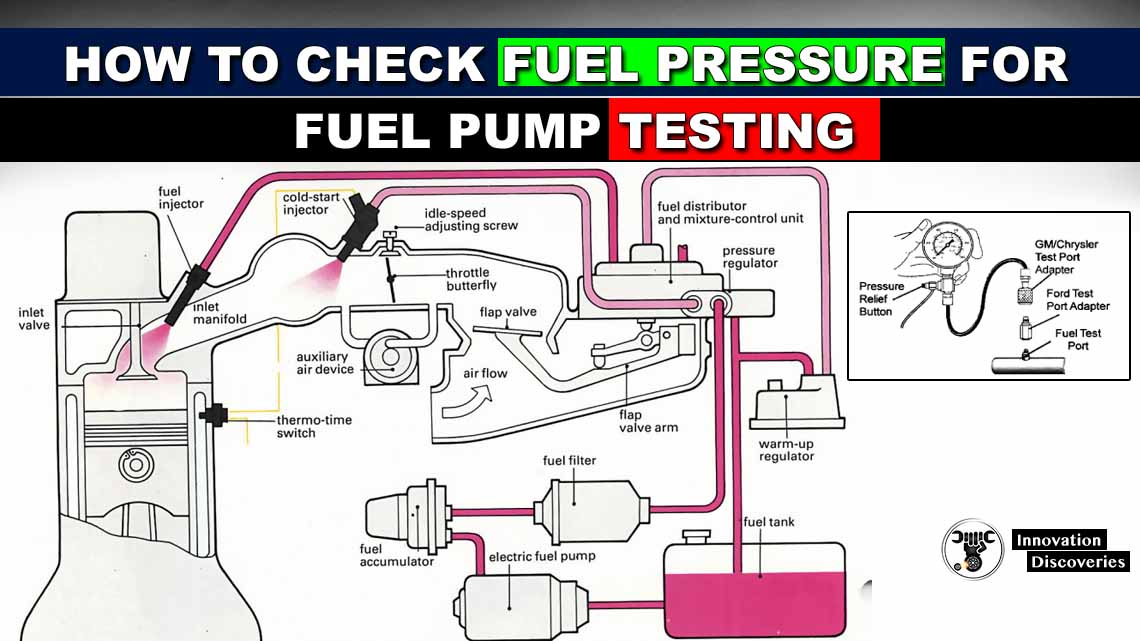
Introduction
As a car owner, encountering issues with your vehicle’s fuel delivery system can be frustrating. One crucial step in diagnosing fuel-related problems is checking the fuel pump pressure.
In this comprehensive guide, we will walk you through the process of testing fuel pump pressure to help you identify and resolve fuel system issues efficiently.
Please note that working with fuel systems can be hazardous, and if you are not experienced with automotive repairs, seek the help of a qualified mechanic.
Tools Required
Before diving into the testing process, gather the necessary tools for the job:
- Fuel pressure gauge (compatible with your vehicle)
- Safety goggles and gloves
- Rags or absorbent materials
- Basic hand tools (wrenches and pliers)
- Vehicle-specific repair manual (for reference)
Step-by-Step Procedure
1. Safety First
Ensure your safety and the safety of others by conducting the fuel pump pressure test in a well-ventilated area. Park the vehicle and engage the parking brake. Wear safety goggles and gloves to protect yourself from fuel and debris.
2. Locate the Schrader Valve
The Schrader valve, similar to those found on tires, is essential for measuring fuel pressure. It is usually situated on the fuel rail, which connects to the fuel injectors. Check your vehicle’s repair manual to find the exact location.
3. Relieve Fuel Pressure
Relieving the fuel pressure is crucial to prevent fuel from spraying when disconnecting the fuel pressure gauge. Locate the fuel pump relay or fuse in the engine compartment fuse box and remove it. Start the engine and let it run until it stalls, indicating that the remaining fuel pressure has been released. Turn off the ignition.
4. Connect the Fuel Pressure Gauge
Attach the fuel pressure gauge securely to the Schrader valve on the fuel rail. Ensure a tight connection to prevent any leaks.
5. Turn on the Ignition
Turn the ignition key to the “ON” position, but do not start the engine. This activates the fuel pump and builds up fuel pressure in the system. Observe and record the fuel pressure gauge reading.
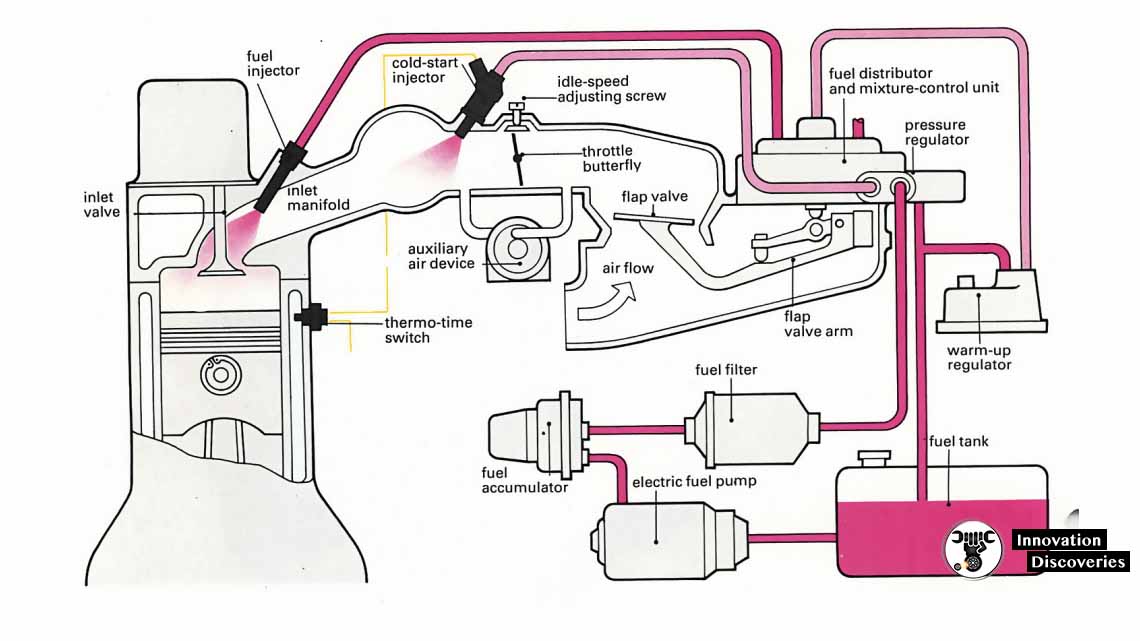
6. Check the Pressure Reading
Compare the fuel pressure reading on the gauge to the manufacturer’s specifications for your vehicle. You can find this information in the repair manual or by searching online. If the pressure falls within the recommended range, the fuel pump is likely functioning correctly. If the pressure is too low or too high, it may indicate a problem with the fuel pump or other components.
7. Turn off the Ignition
Once the test is complete, turn off the ignition and carefully disconnect the fuel pressure gauge from the Schrader valve. Clean up any spilled fuel with rags or absorbent materials.
8. Fuel Pump Diagnostics
Based on the fuel pressure reading and your vehicle’s symptoms, further diagnostics may be necessary to pinpoint the exact cause of the issue. A low pressure reading could be attributed to a weak fuel pump, clogged fuel filter, or a faulty fuel pressure regulator, among other possibilities.
9. Repair or Replace
Depending on your findings, you may need to repair or replace certain components to restore the correct fuel pressure. Always use quality replacement parts to ensure reliable performance.
10. Recheck
After any repairs or replacements, recheck the fuel pressure to confirm it falls within the acceptable range. This step ensures that the issue has been properly addressed.
Conclusion
Testing the fuel pump pressure is an essential diagnostic procedure when dealing with fuel-related problems in your vehicle. By following this step-by-step guide and taking appropriate safety precautions, you can accurately assess your fuel system and identify potential issues.
However, if you’re uncertain about any aspect of the process, it’s best to consult a professional mechanic who can provide expert assistance. Maintaining a healthy fuel system will not only improve your car’s performance but also contribute to its overall longevity and reliability.
Read More:
- COMMON PROBLEMS OF THE FUEL DELIVERY SYSTEM
- K-JETRONIC FUEL INJECTION SYSTEM
- HOW TO CARE FOR YOUR CAR: FUEL INJECTORS
- 7 FUEL-SAVING TIPS (YOU CAN START TODAY)
- TROUBLESHOOTING COMMON RAIL (CR) SYSTEM
- HOW TO CHECK FUEL PRESSURE FOR FUEL PUMP TESTING
- THROTTLE BODY FUEL INJECTION
- WHAT IS MULTIPLE POINT FUEL INJECTION(MPFI)?
FUEL SYSTEM: COMPONENTS, WORKING PRINCIPLES, SYMPTOMS AND EMISSION CONTROLS
Download: FUEL SYSTEM FOR IC ENGINE | PDF
ECU CHIP TUNE | IGNITION TIMING | INCREASE HORSEPOWER
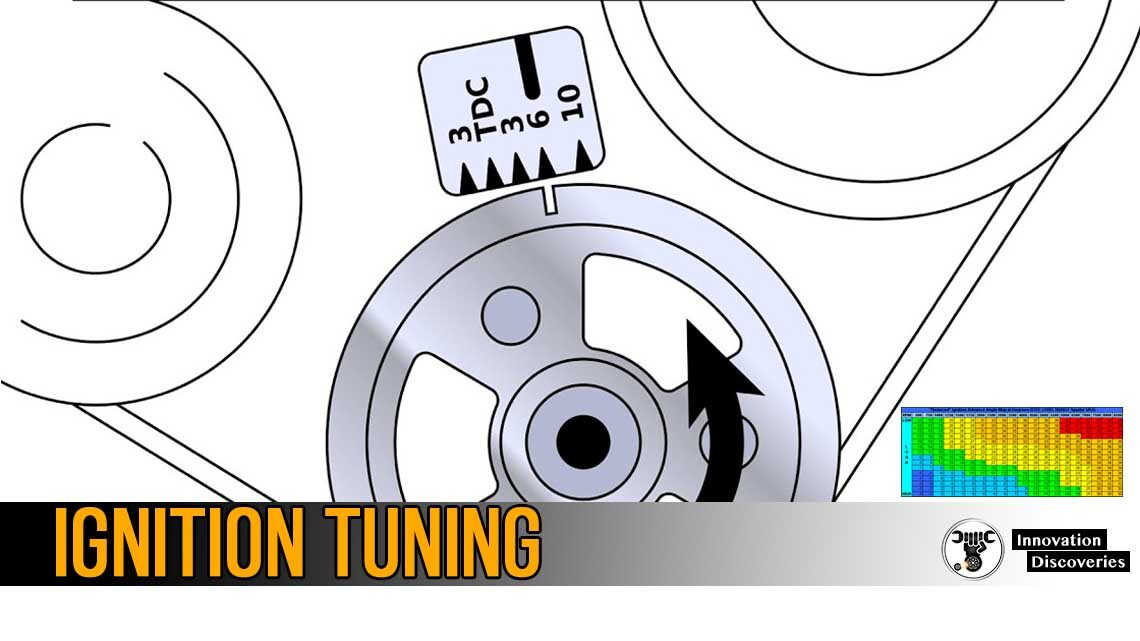
Click to read:
Visit Forum
Visit Our Friendly Website


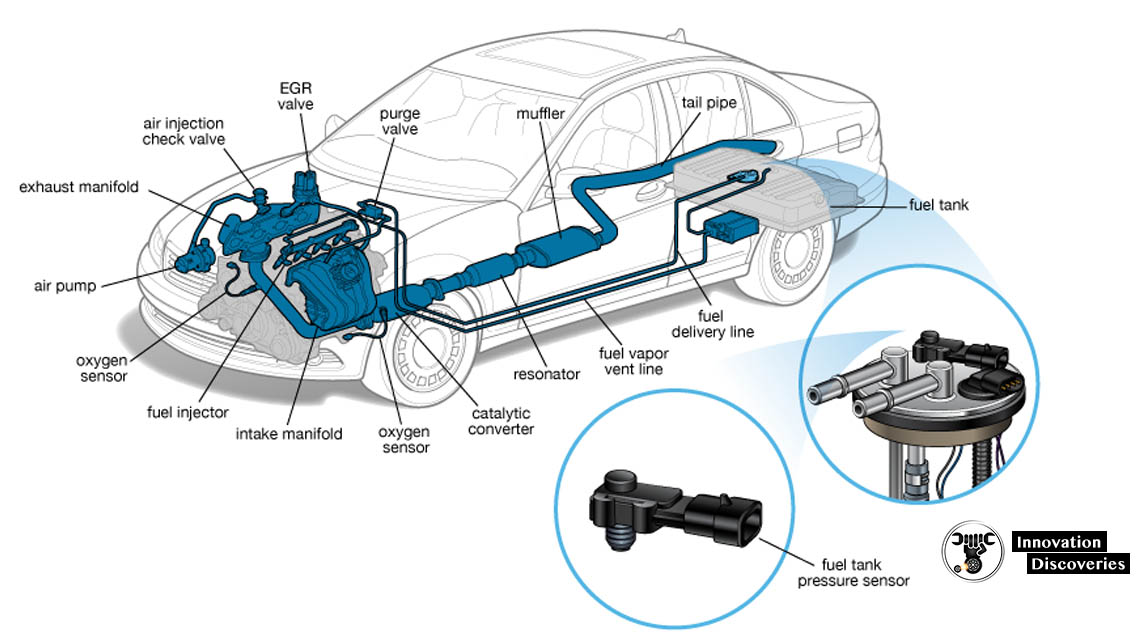
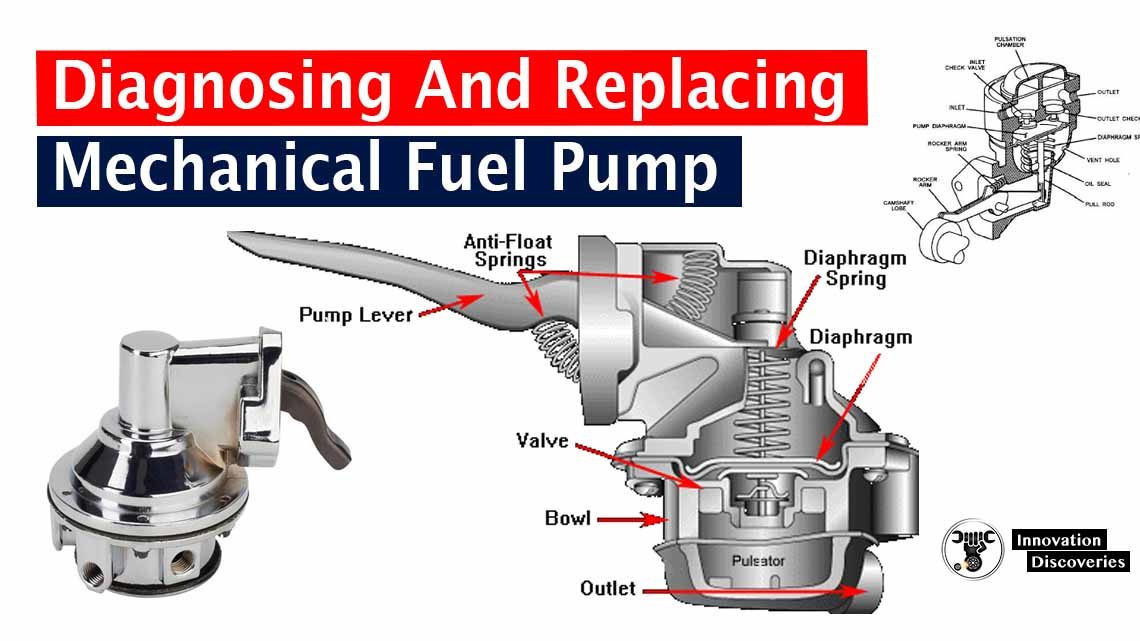
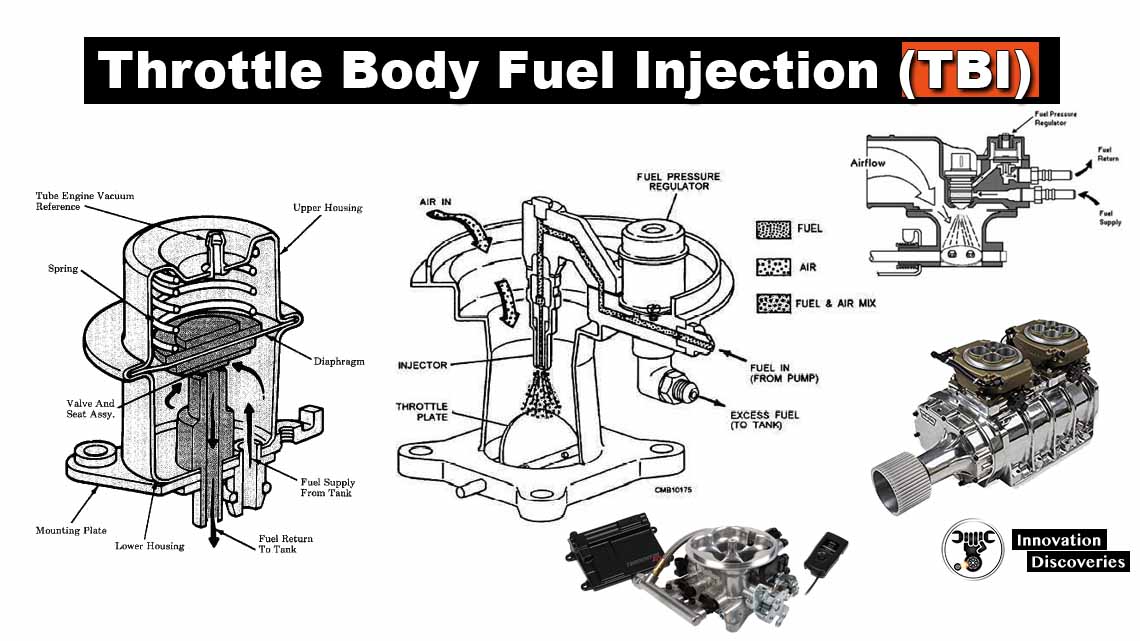
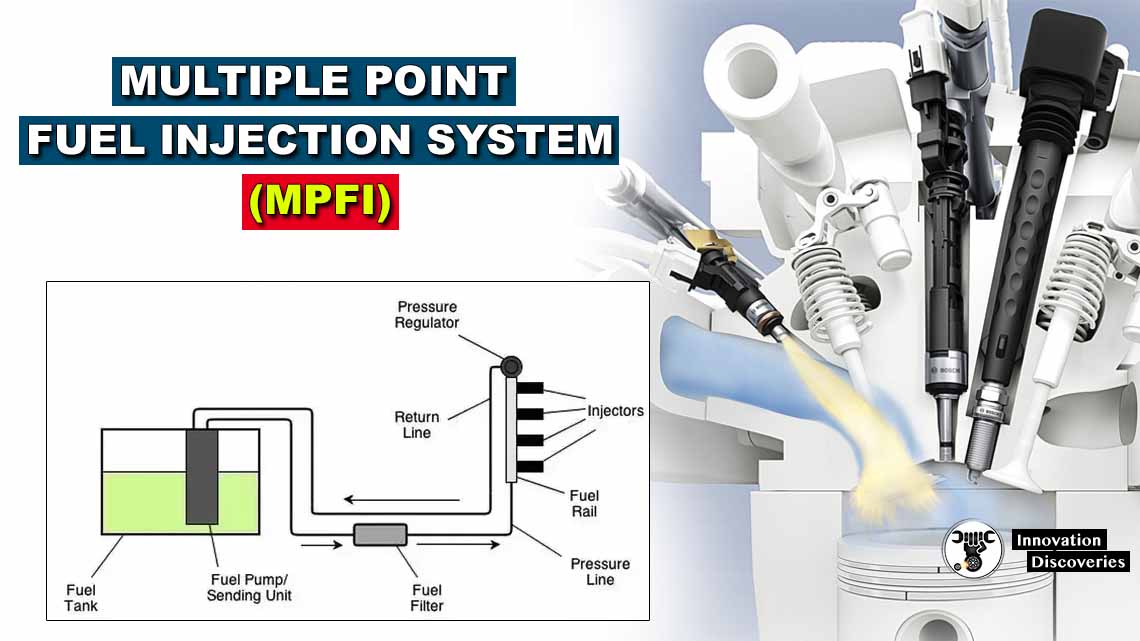
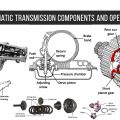
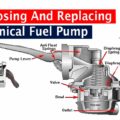
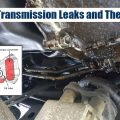
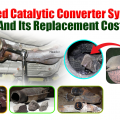
4 Comments